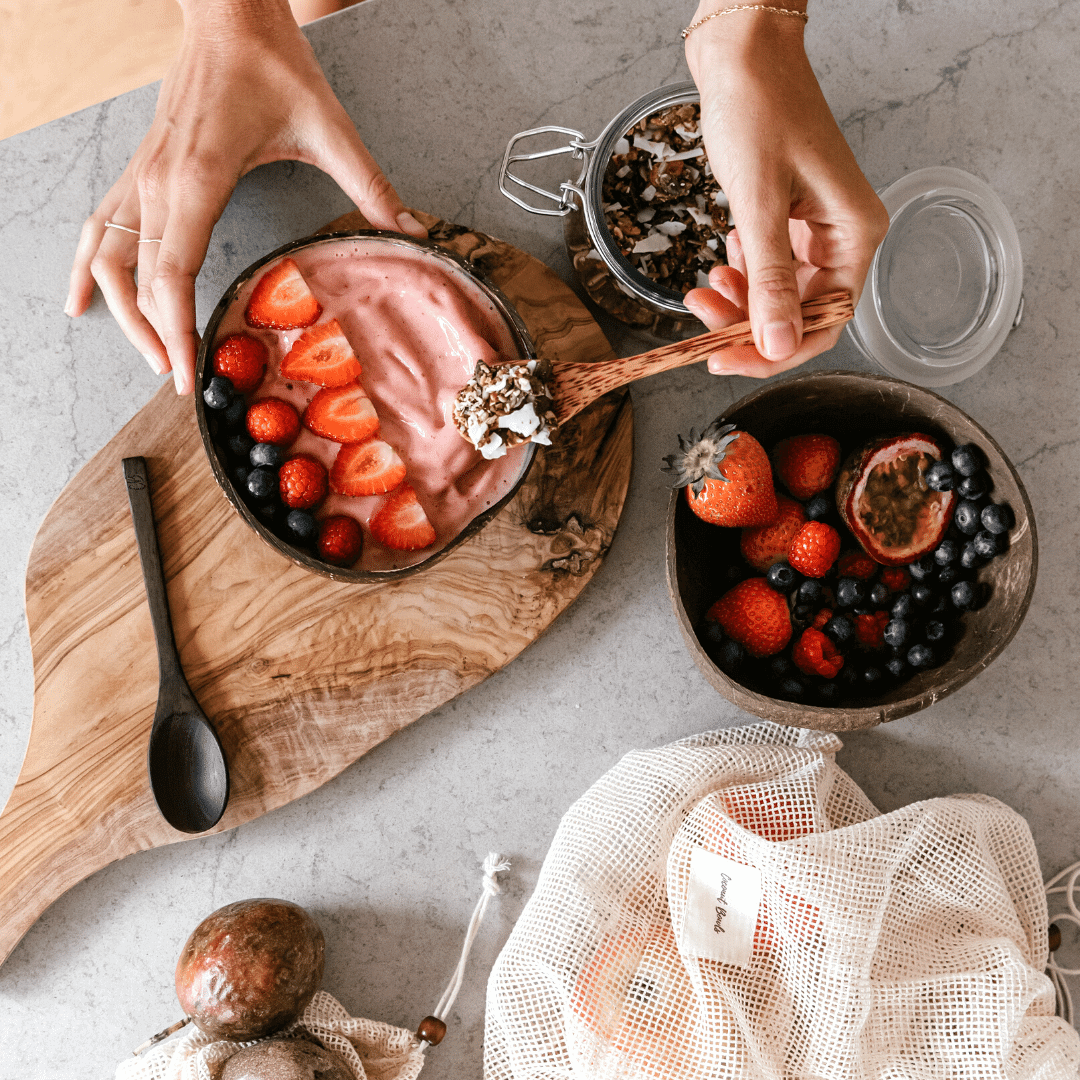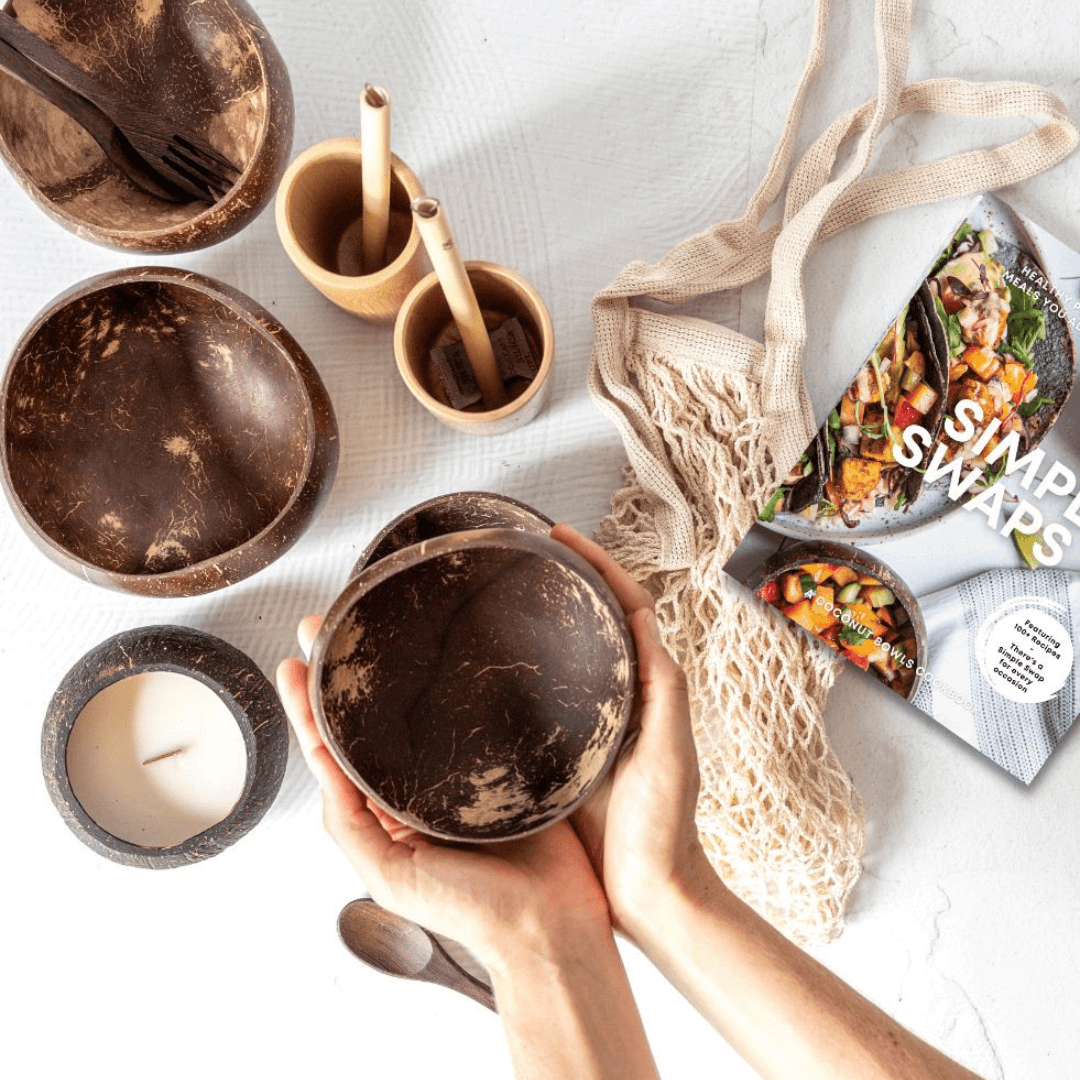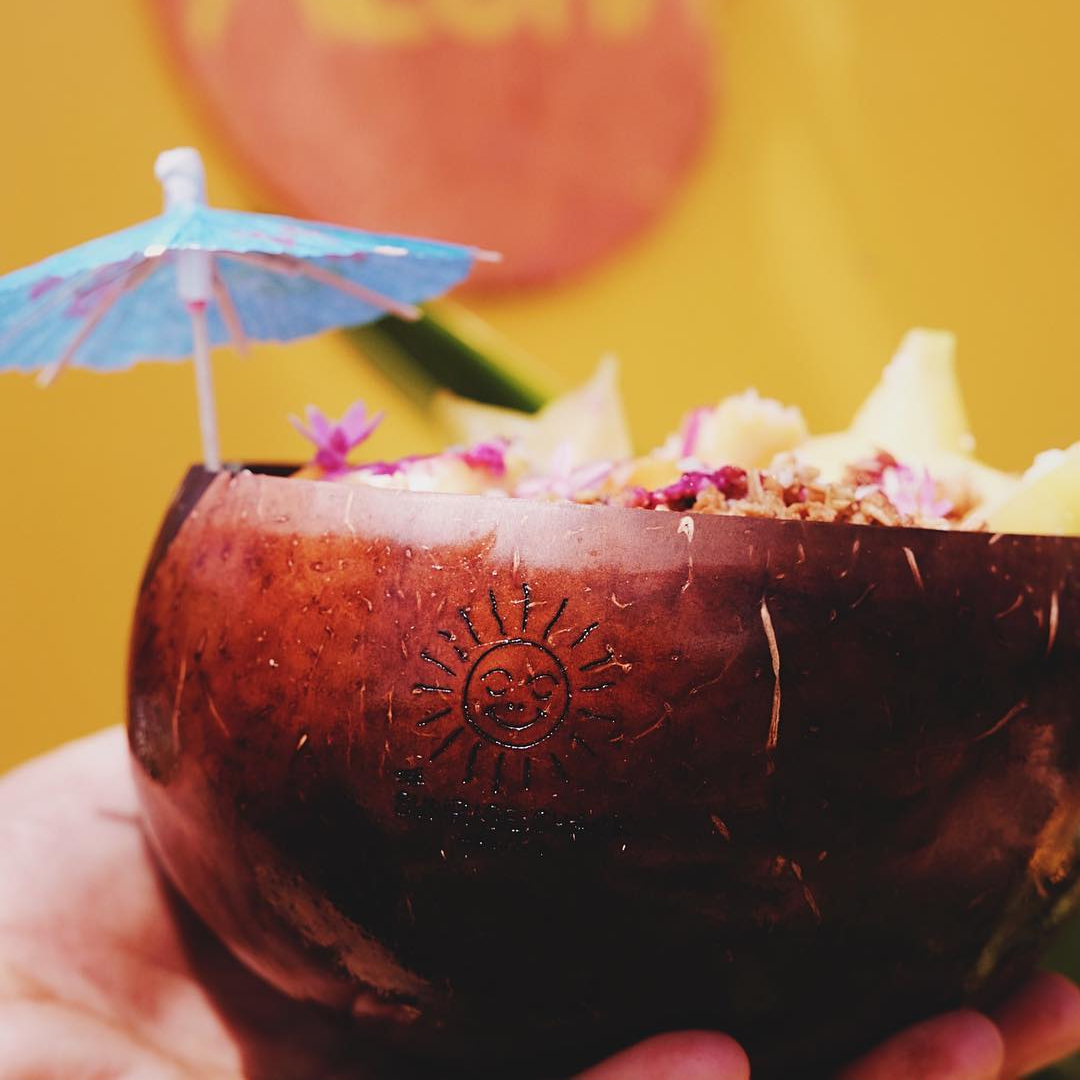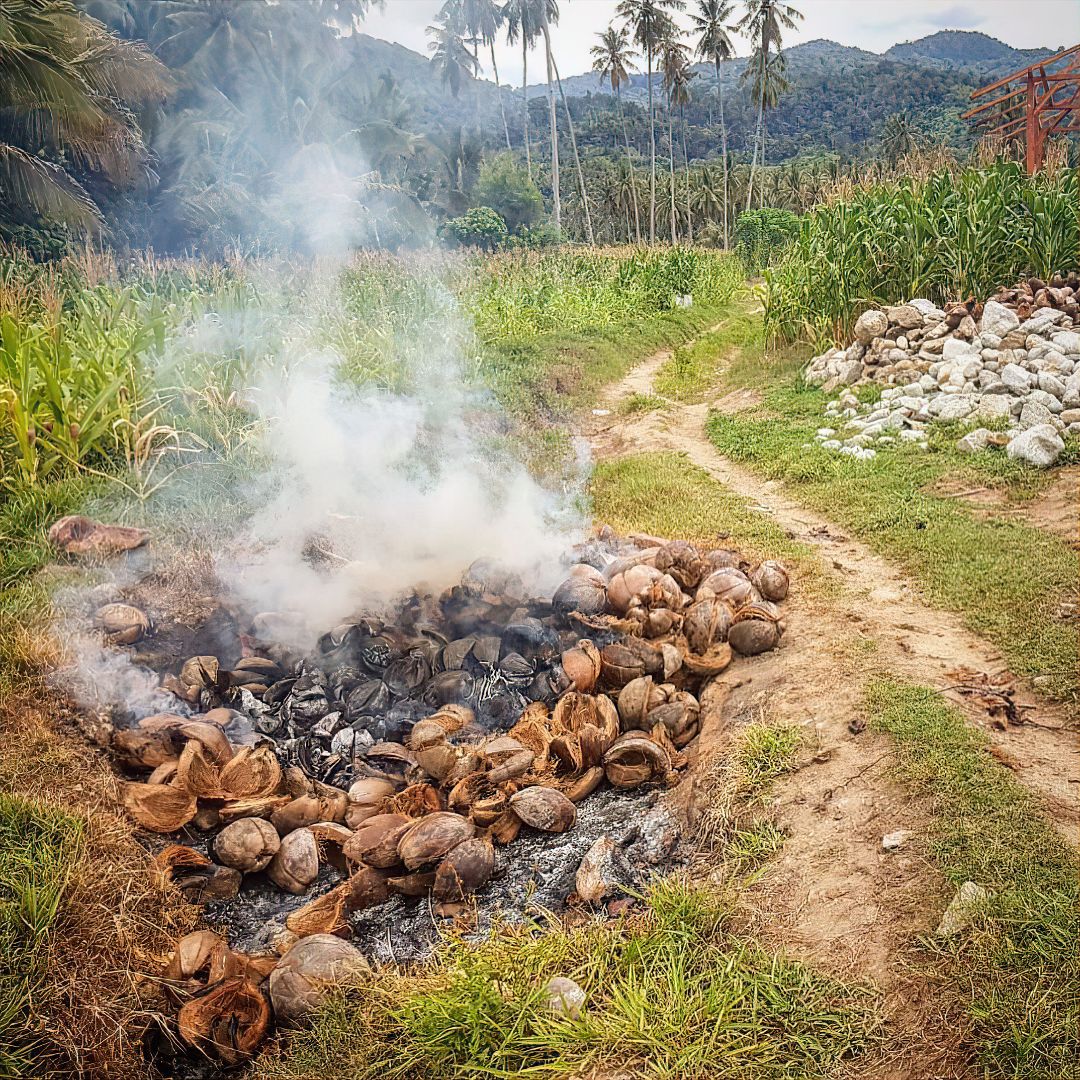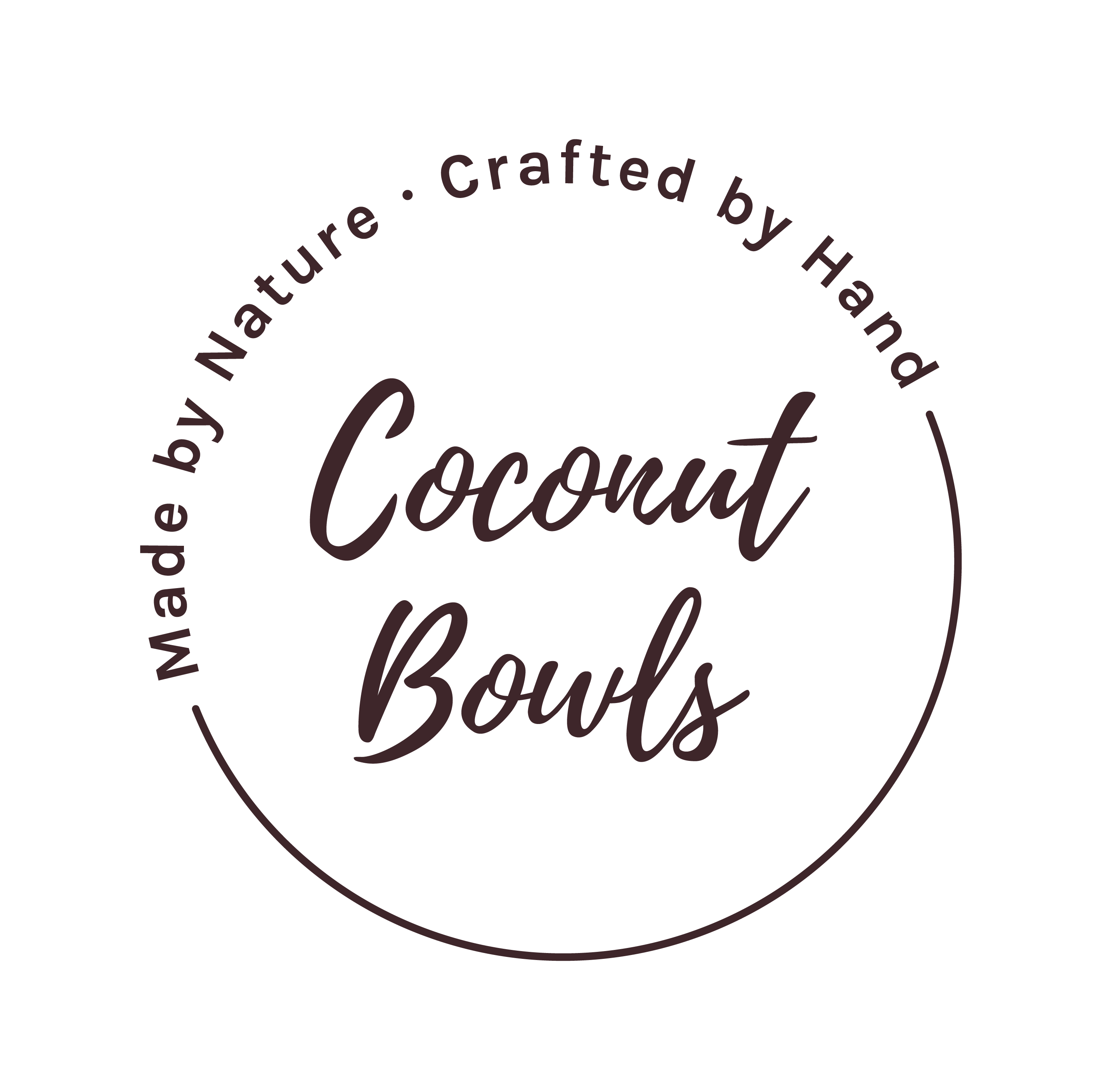By Alexandra Andersson of FiveSec Health
It is very easy to think that eating plant based on a budget is nutritionally poor, like white pasta with some ketchup to spice it all up. People often ask me if it is expensive to live on a plant based diet. Well, it could be. It depends on what you buy, where and how you do your groceries. In this post I will teach you what cheap plant based food is, how you can think when doing your groceries, and when you are making your meals.
What are Cheap Plant Based Foods
Even if we are talking about plants here, they can still be expensive! The bad guys are the processed vegan substitutes like vegan cheese, meat substitutes and sweets. Stay away from the processed substitutes and go for plant based whole foods instead, both your wallet and health will thank you later.
Basically all plant based whole foods are cheaper than processed foods, but then there are some whole foods that are cheaper than others. A good factor to think of is to buy what’s in season. If your favourite veggies or fruits are not in season, buy them frozen! Good examples of cheap whole foods are:
Legumes - all kinds of legumes such as beans and lentils
Grains - oats, barley, brown rice and millet are some of the cheapest
Nuts & seeds - almonds, walnuts, peanuts are some of the cheapest nuts (mixed nuts are often the cheapest). Sunflower seeds and flaxseeds are some of the cheapest seeds
Vegetables - whatever vegetables that are in season are often the cheapest. All kinds of potatoes and root vegetables are often cheap
Fruit - whatever fruits that are in season are often cheap (and frozen fruit)
To Have in Mind when Shopping
The part above is definitely something to have in mind when doing and planning your groceries. Below I will give you some straight on tips to think of when you are in the grocery store.
Frozen foods
You will often get more for your money when you buy frozen food than fresh food. Not the frozen pizzas but the fruits, vegetables and herbs. The frozen foods are also SO convenient, they are often pre-washed, chopped and ready to be used in a stew, stir fry or to be steamed. Look for the big packs!
You should definitely try to find the frozen big packs of the fruits and veggies that are not in season. You can save huge amounts of money by buying frozen foods! You will not have to worry about them getting old and they will always be ready for your smoothies.
When you buy frozen fruits and vegetables you don’t pay for stems and leaves. If you for example buy a fresh cauliflower head you will also pay for the stem and leaves. Don’t worry about which one is better for your health, there is no significant nutrition loss when food have been frozen.
Bulk shopping
To buy food in bulk is one of the methods that can save you the most money. A lot of stores have a “bulk section” where you can grab a bag and fill it with grains, dry legumes, nuts, seeds, dried fruit, and so on. The price per pound/kg is often lower in these bulk sections. A huge bonus is that this is more environmental friendly!
Not all stores have these “bulk sections” so try to buy in bulk by finding the big packs. As I wrote about the frozen food, the price per pound/kg is often lower the bigger package you buy. Lentils, dry beans, frozen corns, brown rice, and whole wheat pasta are all great examples to buy in big packs.
The bulk concept is also applied to spices. Try to find the spices that you use the most in big packs or in refill packages instead of buying a new “spice bottle” every time. My favourite spices that I have in big packs are cinnamon, sea salt, paprika powder, cumin, and curry powder
Compare
Now you know what cheap plant based food is, that you should buy some frozen food (vegetables, fruits & herbs), and to buy in bulk. While having these on mind, there is one more thing to take action on - compare prices.
In most stores you will find a comparison price per pound/kg on each product. Always look at this! If you for example find two big packs of brown rice, choose the one that has the lowest comparison price.
The comparison prices may not seem a lot there and then but this will add up in the long run, trust me!
When making your meals
Who loves to cook? I do for sure! I know that we all don’t share this enthusiasm though. Anyway, you still have to eat and now that we are on a budget we will have to cook our own food.
Plan your meals
Before putting on your apron, always plan your meals (breakfast, lunch, dinner, snack) ahead for about 5-6 days depending on what you already have at home. In this way you can easily write a shoppinglist and do your groceries once a week, which will minimise the spontaneous purchases. Planning your meals will also minimise the risk of food waste.
Base meals on cheap foods
Cheap whole food (as mentioned above) that are caloric dense such as grains, legumes and potatoes are all great examples to use as a foundation in your meals. They are filling and nutrient dense!
Don’t complicate things! You can do simple meals that taste great, are healthy and cheap. A tip is to focus on one main ingredient as foundation, for example potatoes, legumes, or grains, and then build your dish around that. If you choose oven baked sweet potatoes as the base you can add panfried chickpeas, greens and a peanut butter dressing, done!
Budget breakfast example
Oats are one of the cheapest and healthiest grains to eat and you can make so much out of these! Oatmeal, pancakes and burger patties are just a few examples. Oatmeal is one of my favourites because the flavour combinations are endless!
My standard oatmeal base for one serving is 1/2 cup rolled oats and 1 cup water. Add a half mashed banana into the oatmeal to add a sweet flavour. Top with apple sauce, sliced banana or peanut butter. One serving oatmeal with peanut butter or fruit toppings often costs less than $1, often half of that.
Budget lunch/dinner example
As mentioned above, legumes, rice and potatoes are also one of the cheapest and healthiest whole foods to eat. You can make endless of combinations with just legumes and grains! I like to do soups with lentils as the base and fill up with vegetables and potatoes. Bean patties are also a favourite.
But one of my favourites is bean chilis with brown rice! These are so simple, yummy and perfect to meal prep. A simple bean chili (crushed tomatoes, mixed beans, frozen corn, spices) with brown rice often costs less than $2 per serving.
See this video post for a One Pot Curry recipe that is less than $1 per coconut bowl!
Eat leftovers
For every meal you make, make the double (or more) so that you can have it for lunch the day after or store it in the freezer for stressful days. If you are feeling hardcore you could meal prep the same meal for the entire week.
Maybe you noticed that I wrote above to plan your meals for 5-6 days? That is to keep a day or two open or to have “fridge cleaning days”. Now is your chance to make meals out of what is left or soon going bad! I find this as a fun challenge, you will be surprised of how much you can make out of “nothing”. You can basically make a whole meal out of your dry store such as a bean chili with rice, yum!
The Vegan on a Budget Meal Plan
For you who need help with this budget mindset and/or inspiration, I have that covered for you! My “Vegan on a Budget Meal Plan” consists of 5 complete days with breakfast, lunch and dinner under $5 per day. The best part is that I have focused on developing simple and nutritious recipes. So we are not talking about white pasta and ketchup here (even though that’s a whole other level of simplicity).
The Vegan on a Budget Meal Plan is available in my recipe app Fivesec Health (iOS). Since the app only is available for iOS I am releasing a PDF with the same meal plan! You will soon find it in my shop.

